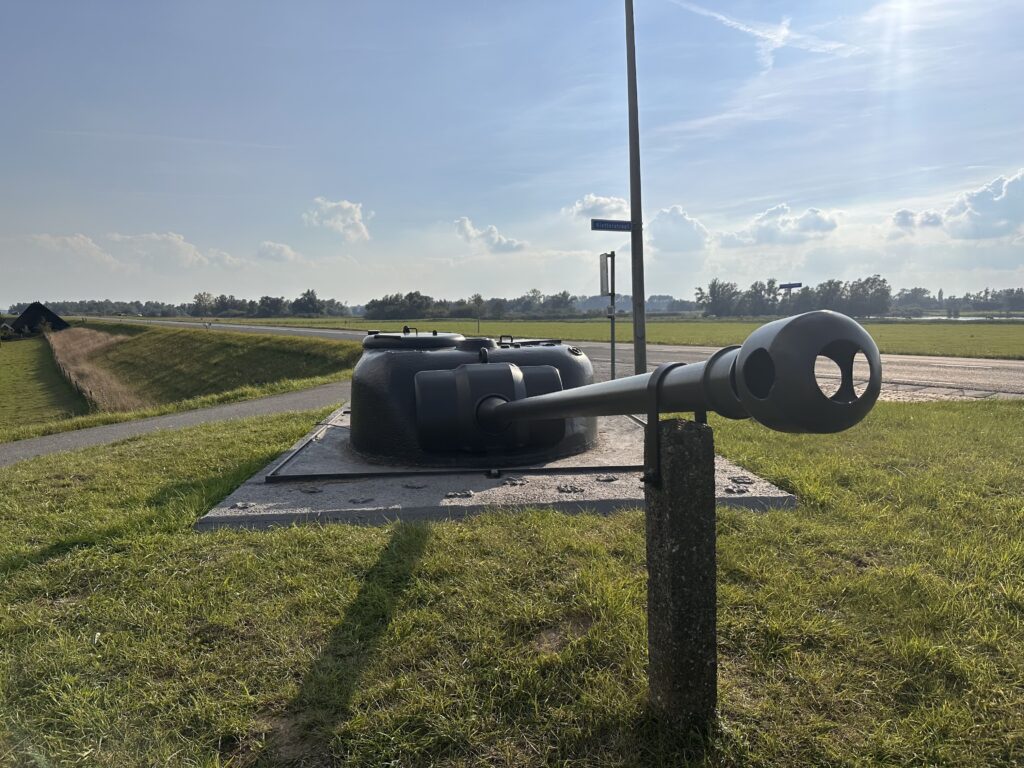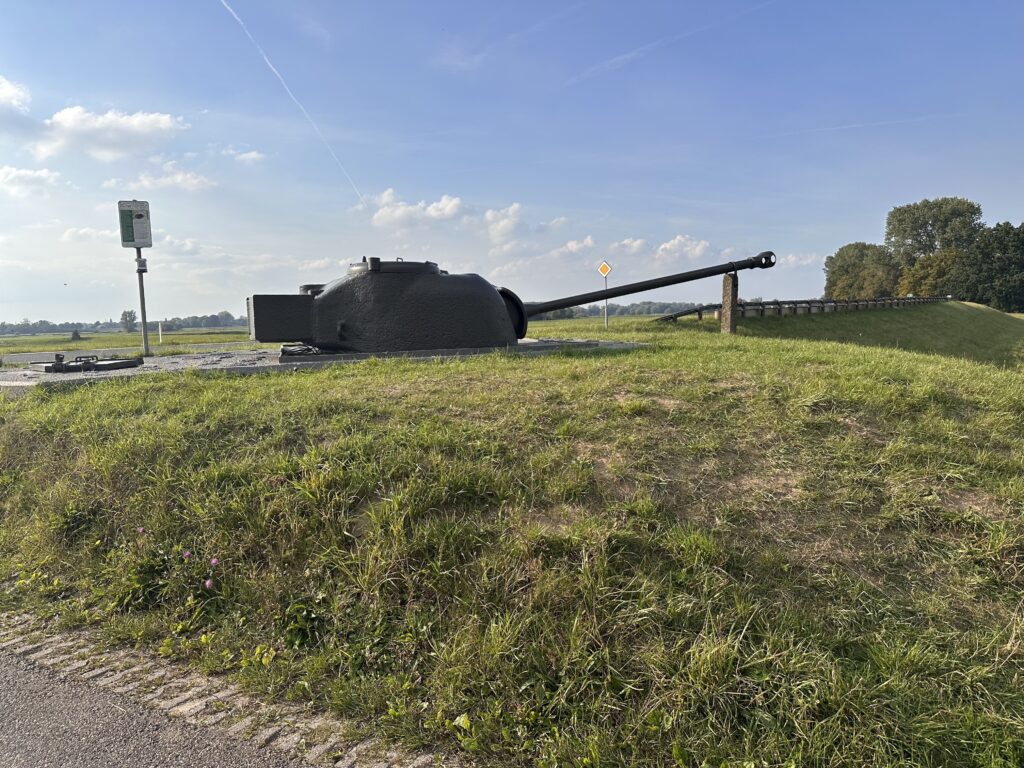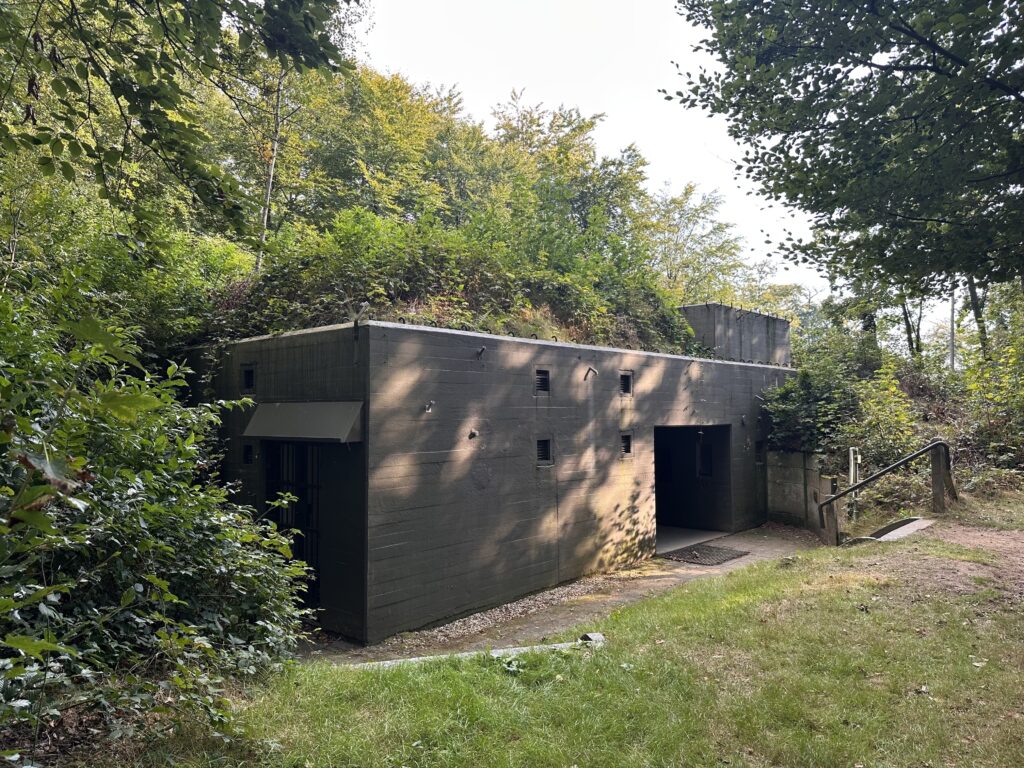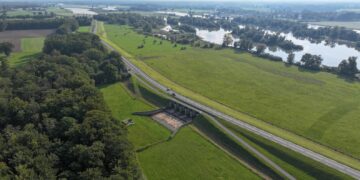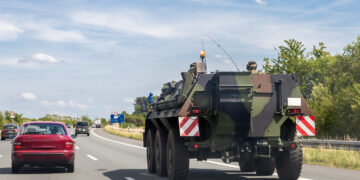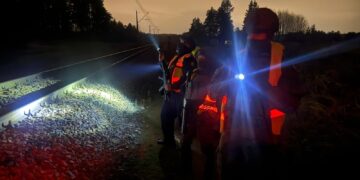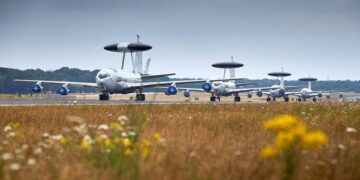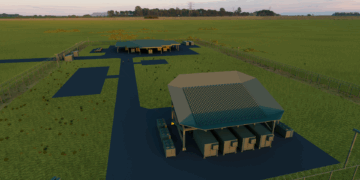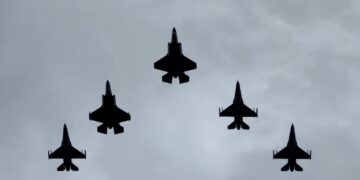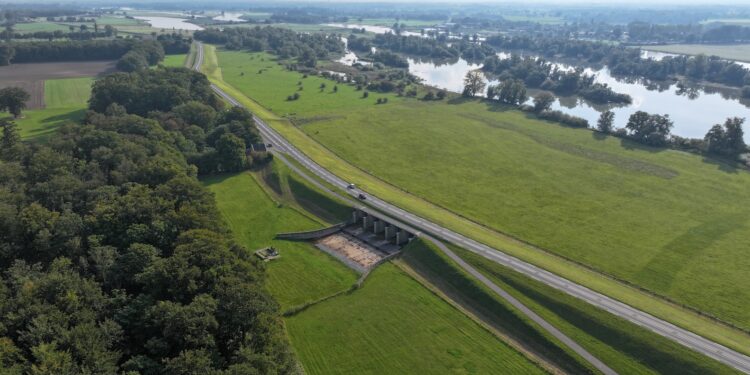Drive along the river IJssel in the Netherlands and you’re met with postcard-perfect scenery: a slow-moving river, wild horses grazing in the floodplains, cattle standing lazily by the water’s edge. Nothing hints that this peaceful landscape was once engineered to become an instant, uninhabitable sea of water—kilometers wide—designed not by nature’s fury, but by human hands to stop a Russian invasion. This was the IJssel Line, a Cold War defense plan as audacious as it was secret.
This story is part of a series exploring today’s security tensions in Europe through the lens of history.
The Dutch are world-renowned for their mastery of water—building dikes to keep the North Sea at bay. But in moments of existential threat, the Dutch have also used water as a weapon, flooding large swathes of land to keep enemies out. The famous “Water Line” in World War II proved less effective, as German paratroopers simply flew over it. Yet for tanks and infantry, rising water remained a formidable obstacle. And so, with Soviet power looming after 1945, Dutch planners turned once again to water as a last resort.
Fortification
It was the dawn of the Cold War. While Western Europe celebrated liberation, military strategists were already preparing for the next confrontation—this time with the Soviet Union. Fearing that Red Army troops could surge westward, the Netherlands began building the IJssel Line, a network of floodgates, bunkers, and barriers intended to drown a huge swath of eastern Holland if the front collapsed.
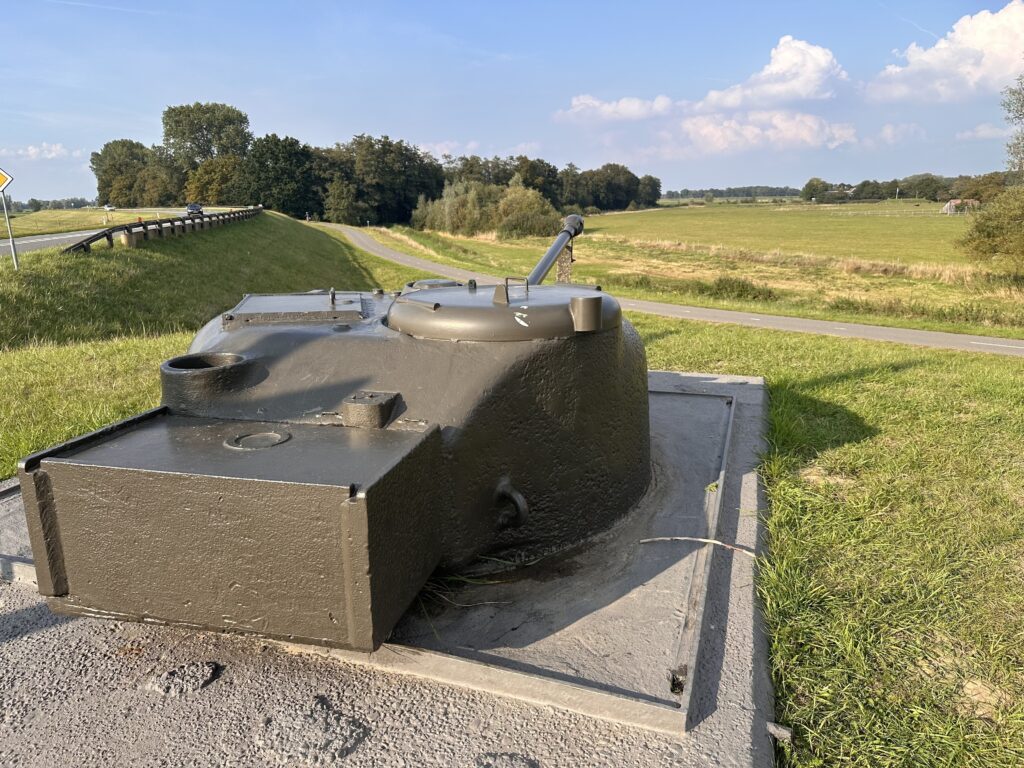
Near the small town of Wijhe, between Zwolle and Deventer, traces of this secret line remain. A tank turret points inland from its concrete mount on a dike road, a strange sight for the unsuspecting driver. Beneath that dike lies a hidden floodgate complex, built in the early years of the Cold War. Should the gates open, the IJssel would roar into the countryside, spreading into a 10- to 15-kilometer-wide inland sea—impassable to Soviet armor.
The engineering was ingenious. When the IJssel ran low, huge weirs on the Rhine and Waal could divert up to nine times more water into the river. Downstream, another barrier slowed the flow, ensuring a vast, controlled flood. Nearby bunkers housed troops, command posts, and even a hospital, designed to keep the line functioning under siege.
Is water defense really outdated?
By the late 1960s, the system was already obsolete, eclipsed by new military strategies and technology. Yet the project remained secret until the early 1990s, when the Cold War ended and the IJssel Line was finally declassified. Today, visitors can tour its bunkers and floodworks, a Cold War monument hidden in plain sight.
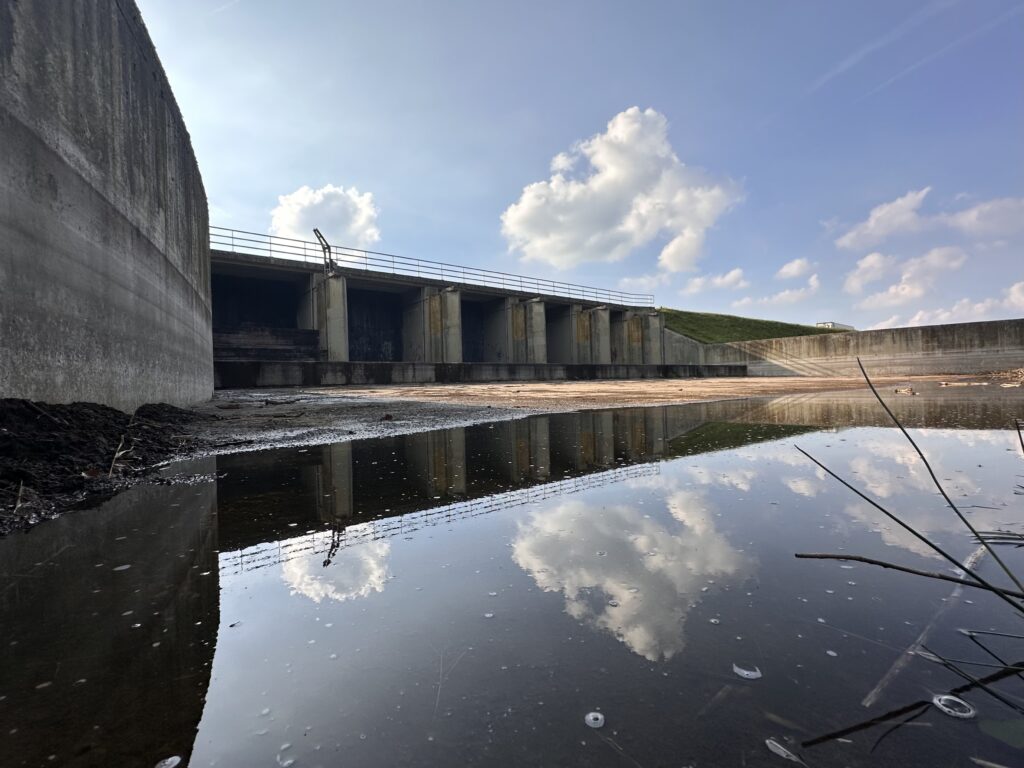
Is water still a weapon in modern war? Absolutely. In Ukraine, blown dams and destroyed bridges remind us how rivers can still divide armies and complicate offensives. Artillery and drones may now dominate the battlefield, but for soldiers and tanks alike, rising waters remain a deadly foe.
The IJssel Line, then, is more than a relic. It is a reminder of how fragile defense can be—and how nature, harnessed by human hands, can tip the balance in war.

